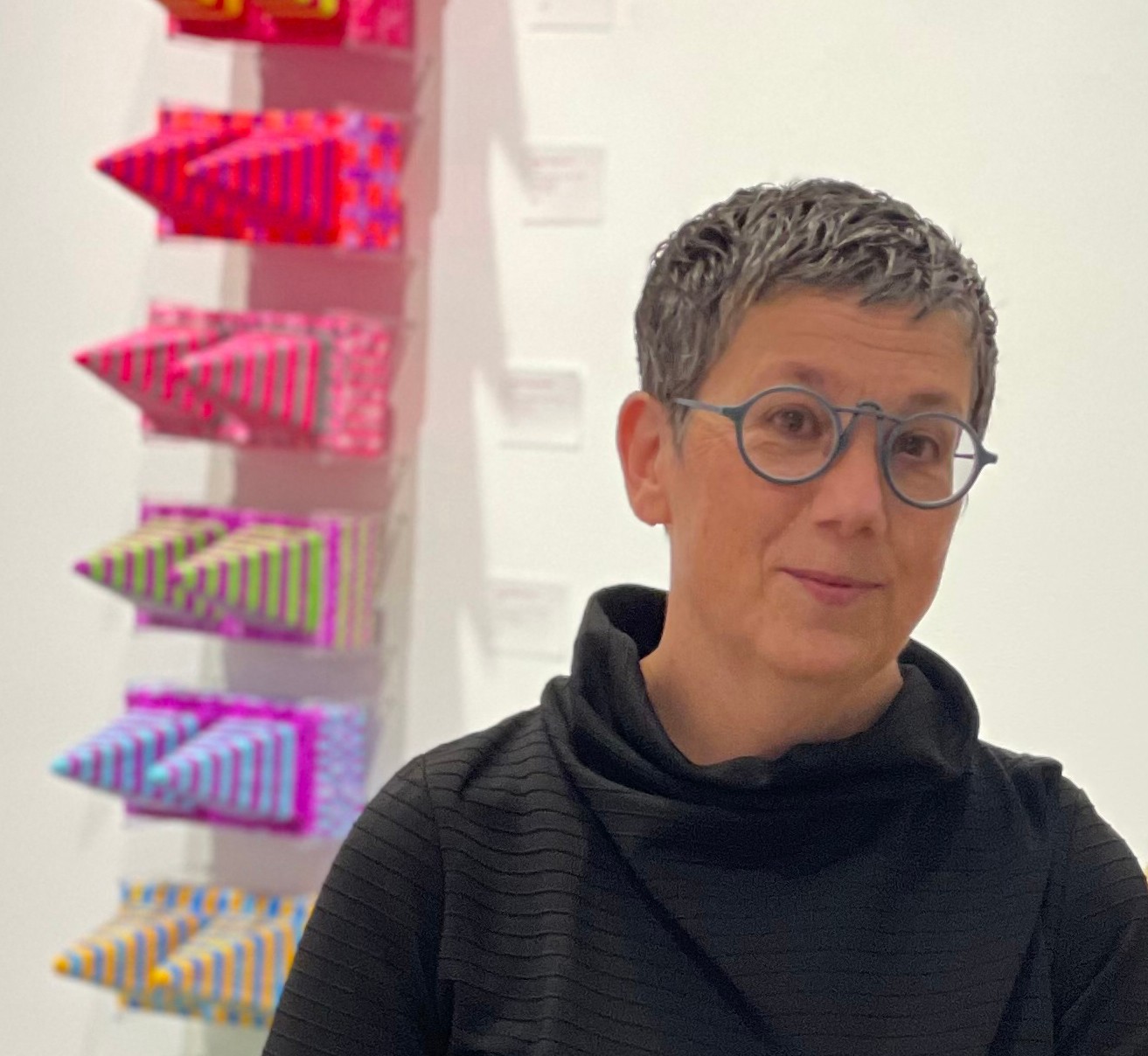We caught up with the brilliant and insightful Kim Matthews a few weeks ago and have shared our conversation below.
Kim, appreciate you joining us today. When did you first know you wanted to pursue a creative/artistic path professionally?
I think I was four when I realized I wanted to be an artist when I grew up. I have some very distant yet potent memory of getting praise for my drawings in kindergarten or first grade. I got attention for my artwork all through school; I still remember the thrill of seeing my drawings hung in the hallway. When I was in high school my art teacher decided our school needed a scholarship for students planning to study art. There were two of us in my graduating class; we had an art sale to benefit the scholarship fund and we were the first two recipients of the scholarship.
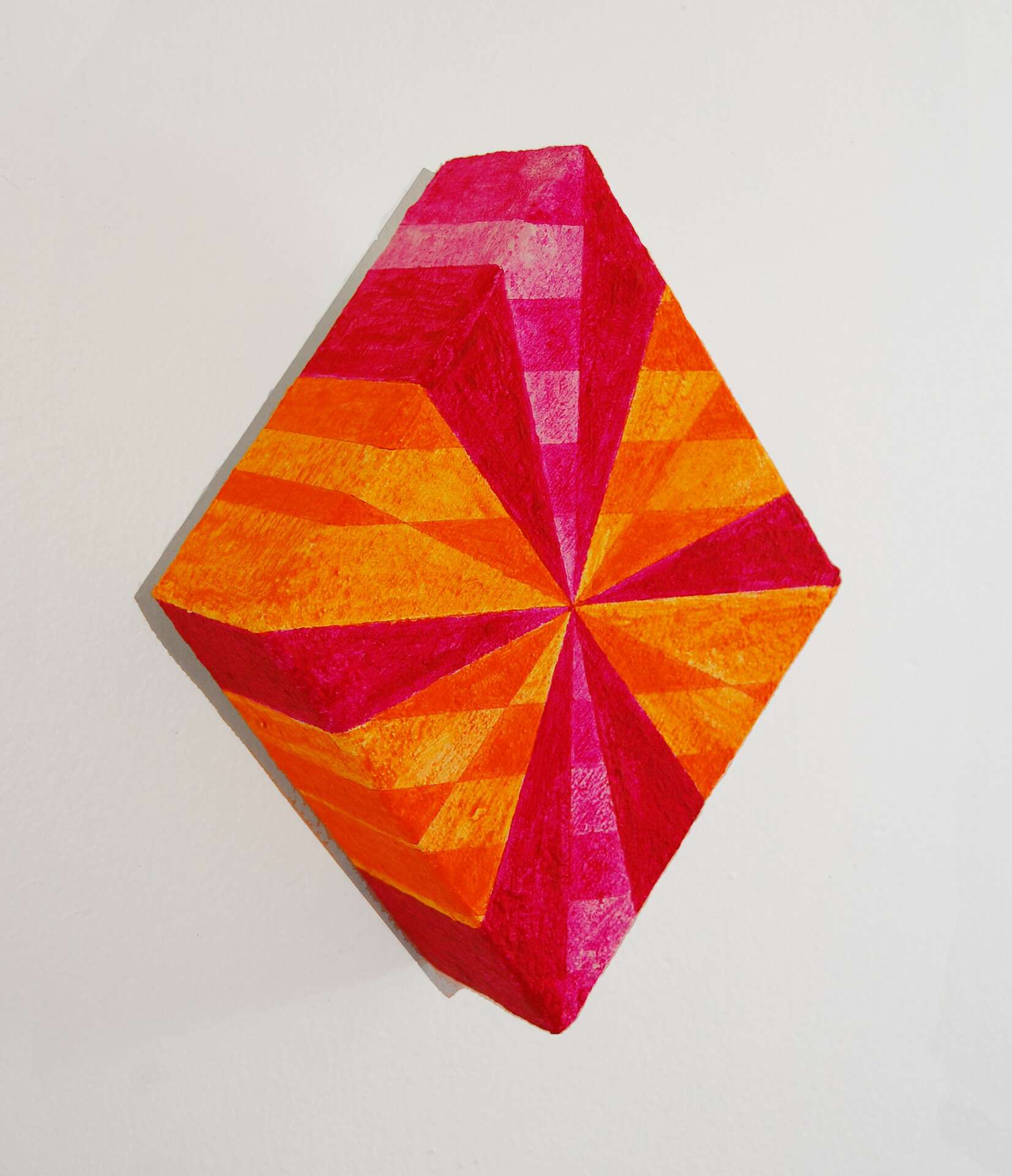
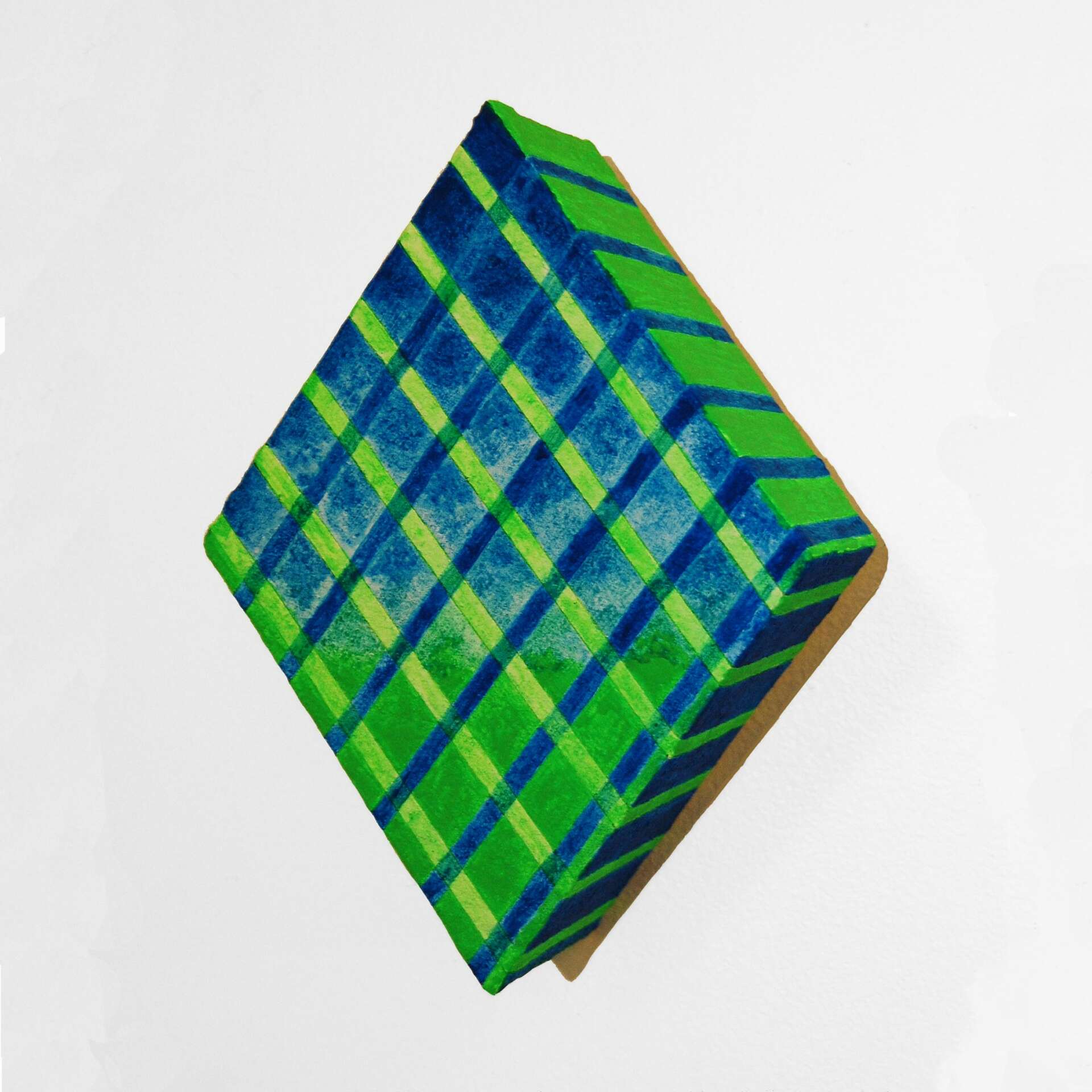


Awesome – so before we get into the rest of our questions, can you briefly introduce yourself to our readers.
While I offer a variety of “products” (sculptures and drawings) and services (writing, editing, proofreading, graphics) I’m driven by a philosophy of art and craft as service, which informs everything I do. If I had to identify how I came to have this perspective I’d probably have to attribute it to two things: 1) studying the history of modernist architecture, art, and design; 2 learning Transcendental Meditation. I believe that progress is possible–though I think what’s considered “progress” is open to debate.
I have a broad range of skills and have enjoyed working in multifarious roles for small, mission-driven organizations. One of the great things that comes from studying design and art is a problem-solving orientation. If you’re short on time or other resources, you just learn to work with what you have, and you don’t waste. When I work for clients, I take a holistic view and consider how my work fits into overall goals so I can anticipate problems or identify ways to save time or money. I also try to take a long view and make work that is durable.
I developed a love of beautifully made objects early on. When I was small, I lived in an 1840s Georgian sea captain’s house in midcoast Maine, and my parents worked for an auctioneer in the summers. By the time I was nine or 10, I was collecting 1930s World’s Fair memorabilia, bottles, and other things. My first great score may have been an early 1800s miniature oil painting I bought at a yard sale for a dime, which my brother sold in his antique shop in Minneapolis and traded to me for an art nouveau Loetz glass vase that I still treasure.
My overall project in terms of art is to make things that people want to live with–ideally work that affects them deeply and positively. While most successful sculptors seem to focus on large-scale public or private sculptures or installations, I’m more comfortable making domestic objects that don’t assert their dominance over the human body but rather are more like companions. For the past couple of years I’ve been working on two bodies of work with distinct goals and forms: a series of nonobjective meditation drawings informed by Tantric and Neotantric art and fluorescent mixed-media sculptures rooted in the pop culture of my childhood. I’ve always loved artists like Peter Max and Milton Glaser, so when I decided to make a joyful body of work as an antidote to the overwhelming negativity of political events of the time, I immediately thought of their drawings and the popular design objects I longed for–inflatable furniture, Panasonic phones and radios, the Pedro Friedeberg hand chair, and so on. I consider myself so lucky to have grown up in the era of The Electric Company, Zoom!, and Dynamite magazine, when there was so much creative talent working in service of education, peace, and ecology. The famous and not-so-famous artists of that time are my heroes.
For you, what’s the most rewarding aspect of being a creative?
Being involved in art as a spiritual pursuit is what holds my life together. It’s given me a framework and a sense of purpose. I use my art practice as a way to process life experiences–to gain insight. As human beings, we need experiences that slow us down and give us the chance to catch our breath, if nothing else. I’m so lucky that I get to have the transformational experience of making work; the only thing better is when clients tell me that living with my artwork brings them joy or solace.
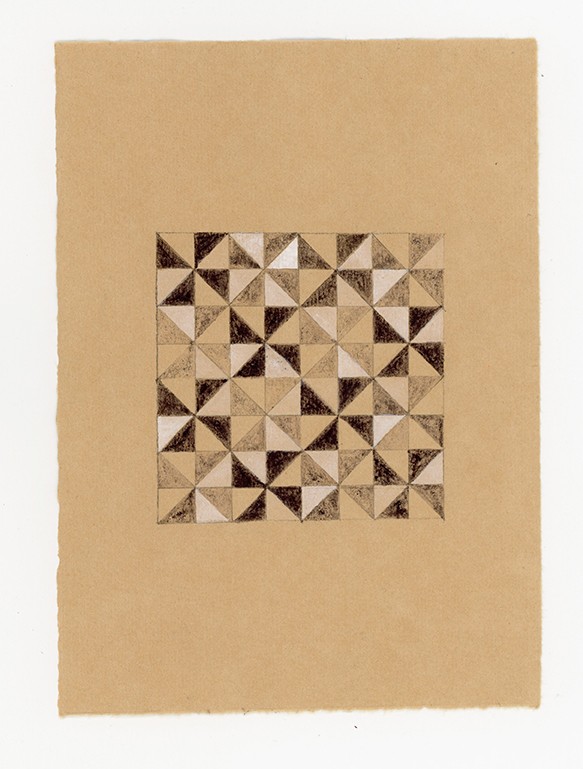
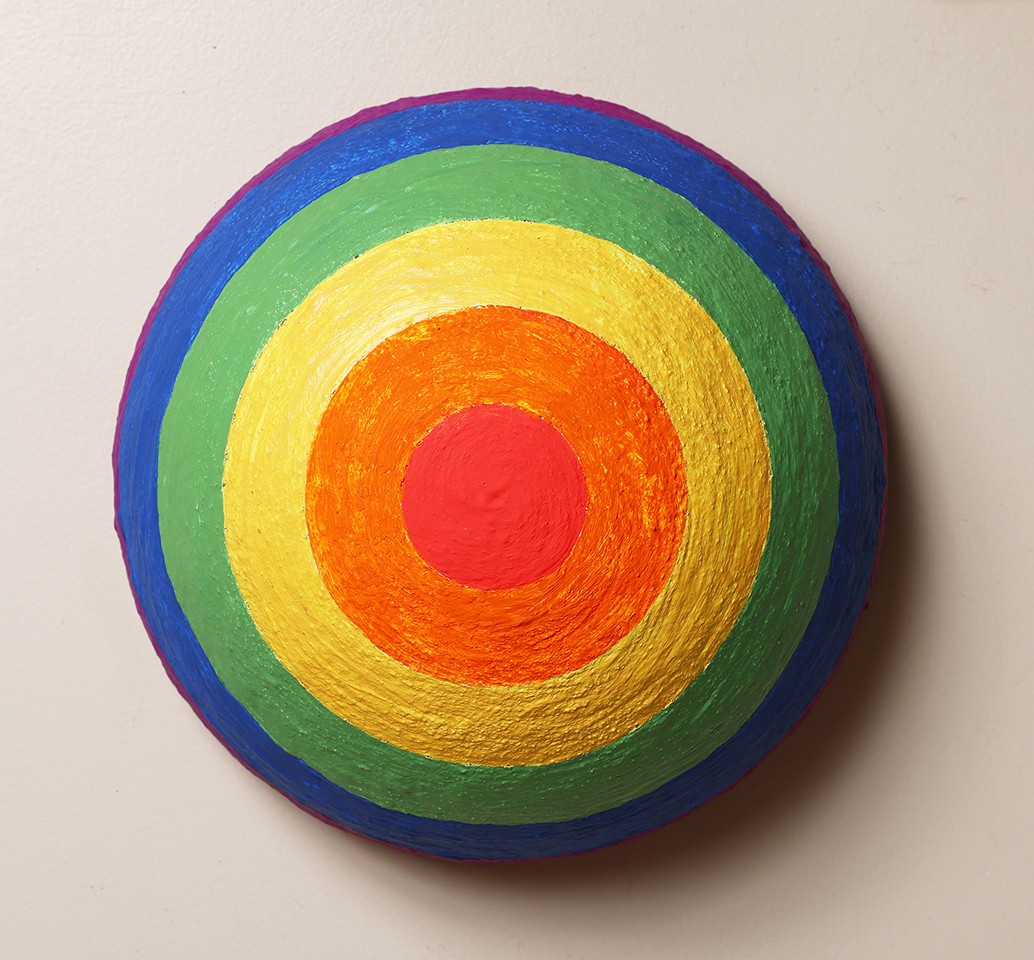
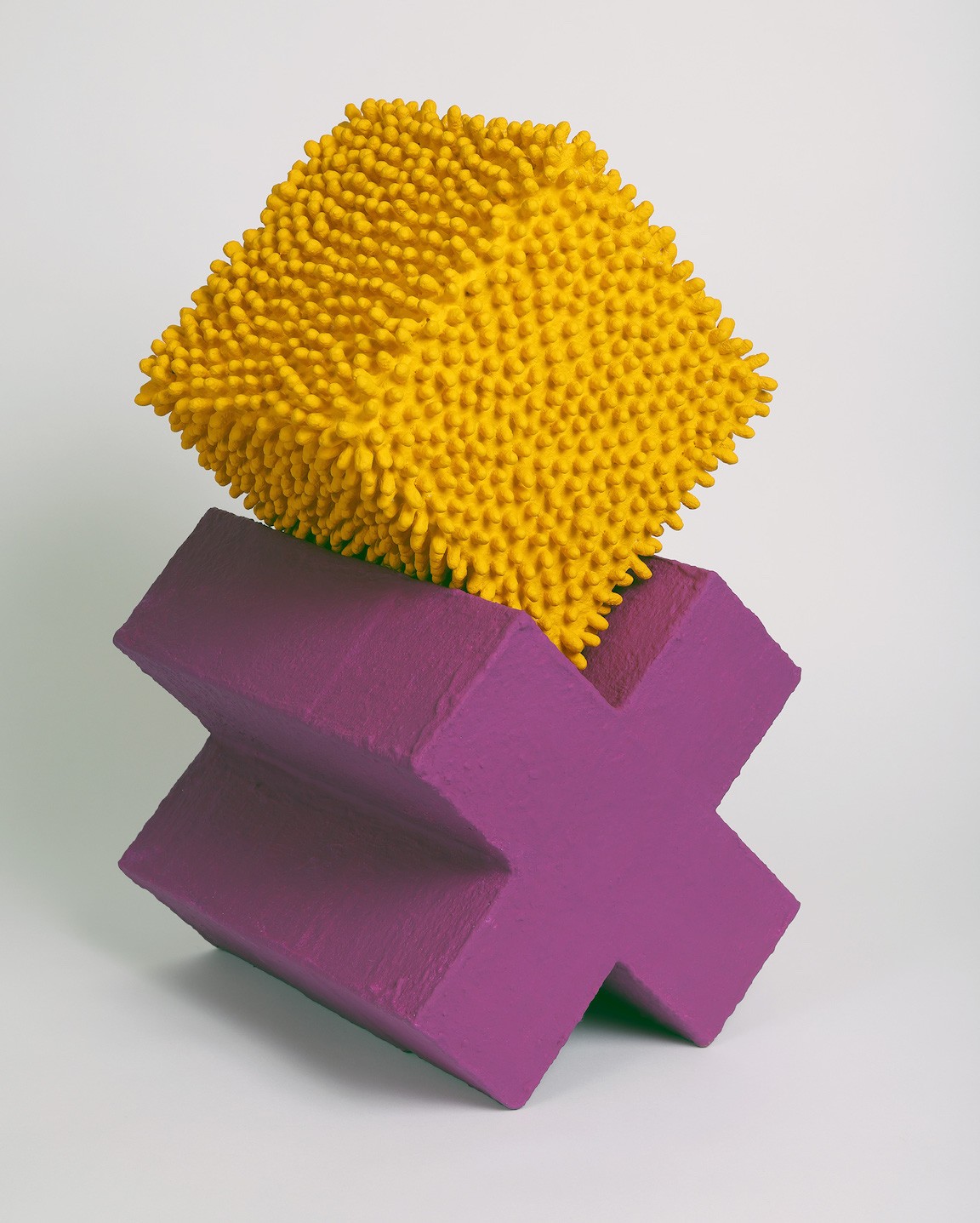
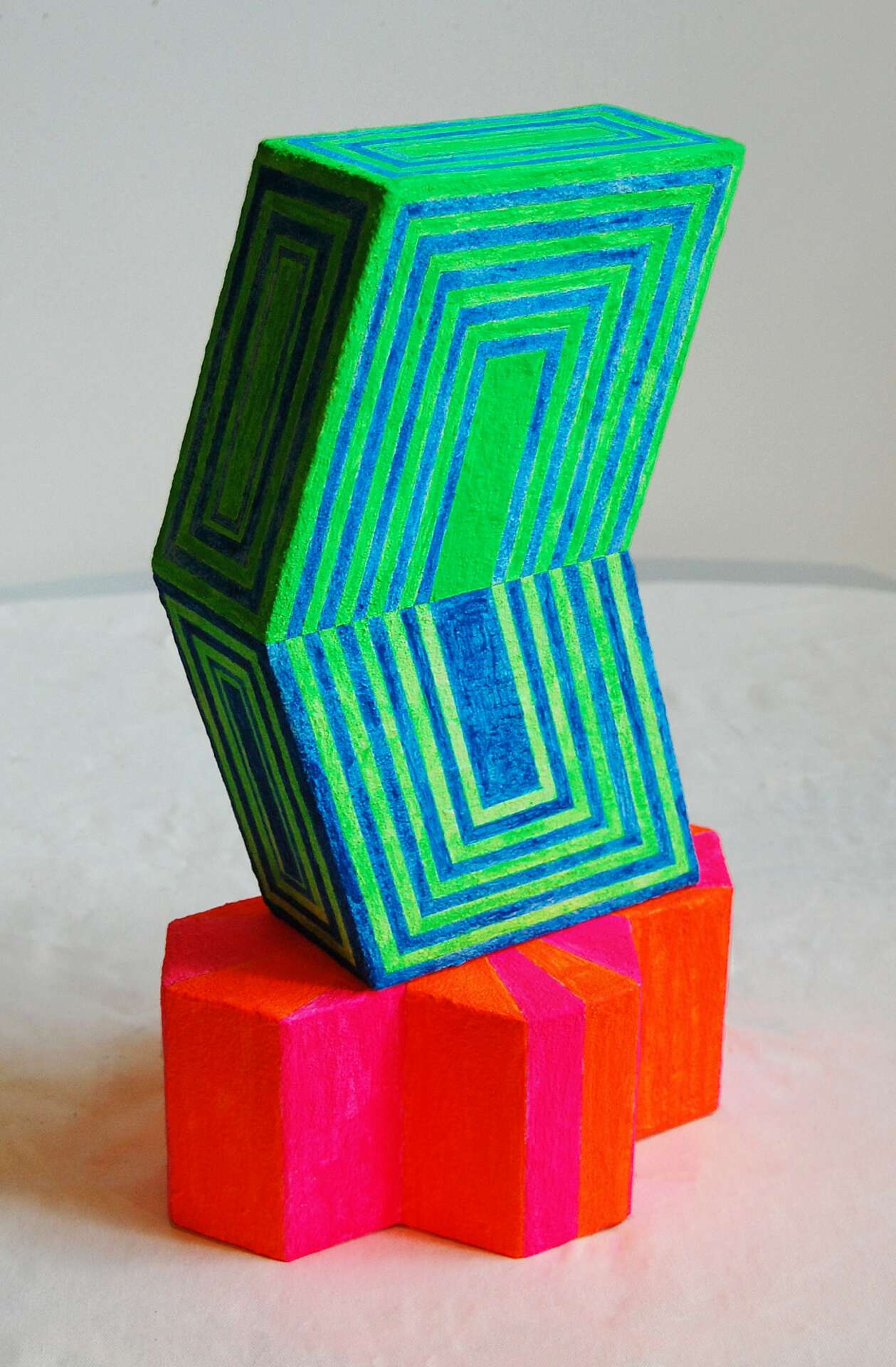
What can society do to ensure an environment that’s helpful to artists and creatives?
Bring arts back to schools. And if schools can’t do it, make it happen in communities. If we’re to compete in a global economy, we have to learn how to think critically, to create and solve problems, and to be flexible. Children who are taught that the arts are valuable will grow up to respect creative people–and their own inherent creativity–and will have the resilience needed to cope with the increasingly rapid pace of change. Artists are the canaries in the coalmine–listen to us.
Contact Info:
- Website: www.kimmatthewsart.com
- Instagram: https://www.instagram.com/kimmatthewsart/
- Facebook: https://www.facebook.com/KimMatthewsArt
- Linkedin: https://www.linkedin.com/in/kim-matthews-32722824/
- Other: TWIRL project: 10 years of artist interviews. https://www.twirlproject.com/3-kim-matthews.html
Image Credits
Tim Rummelhoff


